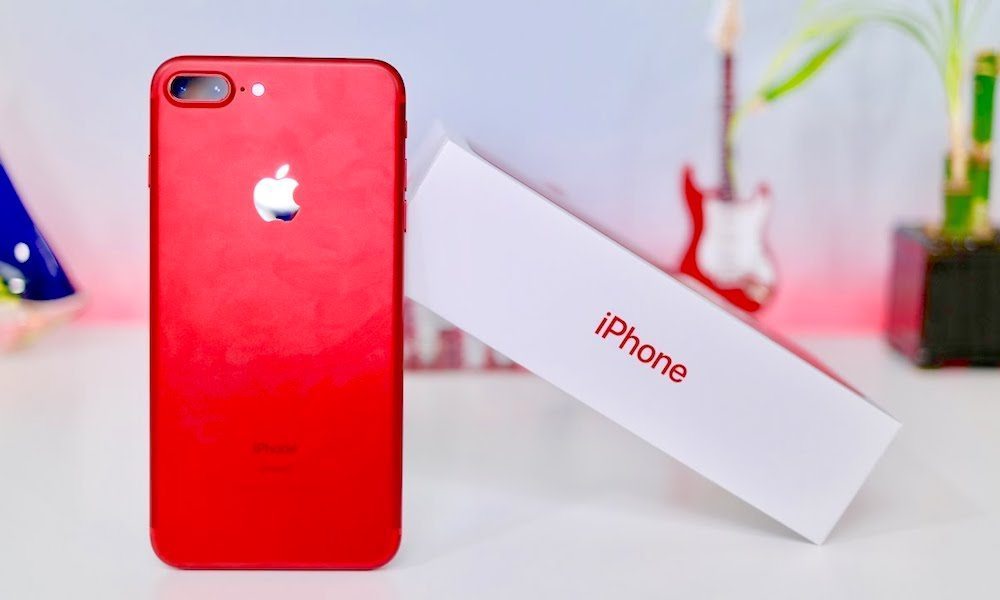New Data Says Apple’s Selling More iPhone 7s Than iPhone 8s

Toggle Dark Mode
Apple is reportedly selling more iPhone 7 models than iPhone 8 models, new data collected by KeyBanc Capital Markets suggests.
The brokerage firm recently conducted a survey of carrier stores and found that sales of the aging iPhone 7 lineup are outpacing the newly released iPhone 8. KeyBanc analysts attribute the low enthusiasm for the new 2017 handset to a perceived lack of significant upgrades compared to its predecessor.
“Many respondents indicated that a meaningful portion of customers are buying iPhone 7 in lieu of the new iPhone 8, given the lack of significant enhancements in the new phone,” KeyBanc analyst John Vinh wrote in a research note obtained by Reuters.
Price is also likely a significant contributor. While the iPhone 8 starts at $699 for the most basic configuration, the iPhone 7 has seen a price cut and now retails for $549. Combined with its relatively incremental-seeming upgrades, many consumers may be opting for the older device.
Learn More: 6 Reasons to Buy an iPhone 7 Instead of iPhone 8
Last week, AT&T reported third-quarter postpaid handset upgrades were a lot lower than last year — by about 900,000 units. In addition, Vinh indicated — and corroborated — that many customers are holding out for the iPhone X in November, according to feedback he received from carrier stores.
When Apple launches a new flagship device, it’s normal to see scores of fans flocking to upgrade. It’s also typical for new Apple products to sell out (which contributes to Apple’s decision to no longer release first-weekend sales data). By contrast, the iPhone 8’s launch a few weeks ago was seen as “bleak” by most media outlets.
Of course, the KeyBanc carrier survey tells one part of the story. For one, the data collected by the broker relies on responses from wireless carriers. There are no concrete sales numbers to back up those claims. In addition, the survey only analyzes carrier sales — it leaves out customers who purchased new devices directly from Apple retail outlets or Apple’s online store.
Of course, on that last point, renowned analyst Ming-Chi Kuo of KGI Securities noted in September that many analysts are overly reliant on sales via unlocked channels (Apple Stores and online). He added that demand directly from carriers was likely more stable. KeyBanc’s data suggests that might not be the case.
On the other hand, Kuo said that the “bleak” outlook of the iPhone 8’s launch weekend was exaggerated — and that’s due to the fact that Apple is essentially splitting its “launch” into two separate events. One for the iPhone 8 and 8 Plus and the other for the iPhone X. Initial demand for the iPhone 8 lineup is about half that of the iPhone 6s and 7 launches, and Kuo said that Apple was expecting a 50/50 demand split all along.
Adding in the iPhone X’s demand in November, Kuo contends, will show that demand for Apple’s new handsets is on-par with previous years. And indeed, with rumors of an upcoming “upgrade super-cycle” due to the iPhone X, demand might be higher than previous launches.
Learn More: 6 Reasons to Buy an iPhone 7 Instead of iPhone 8






